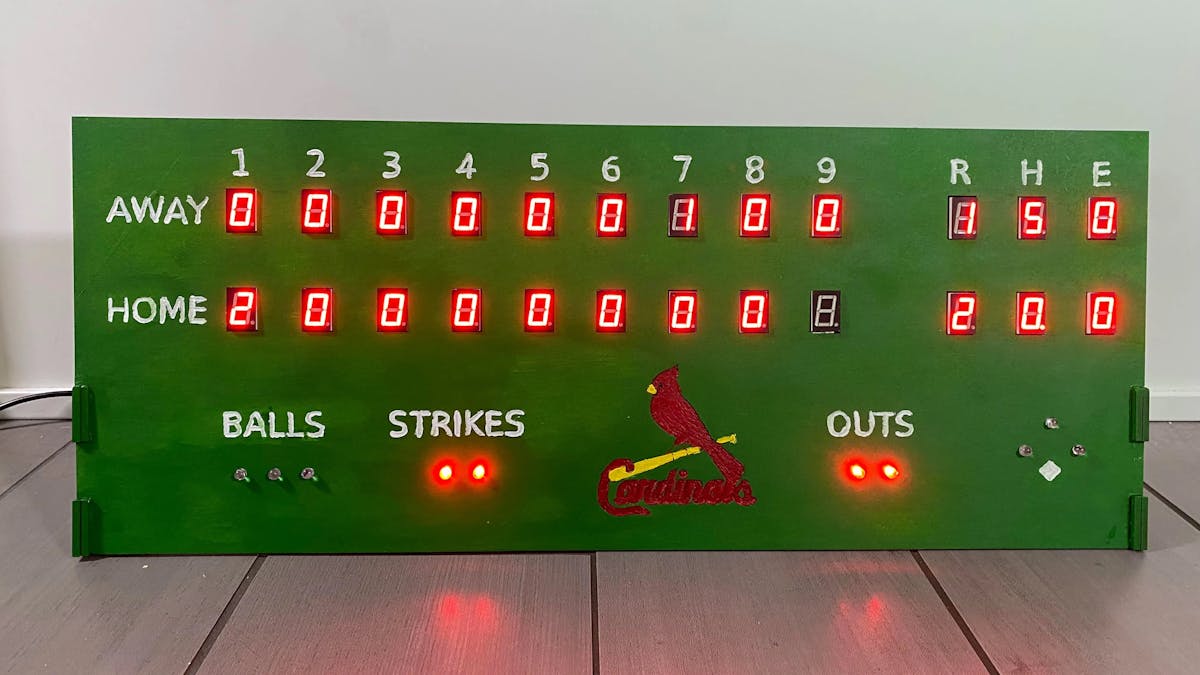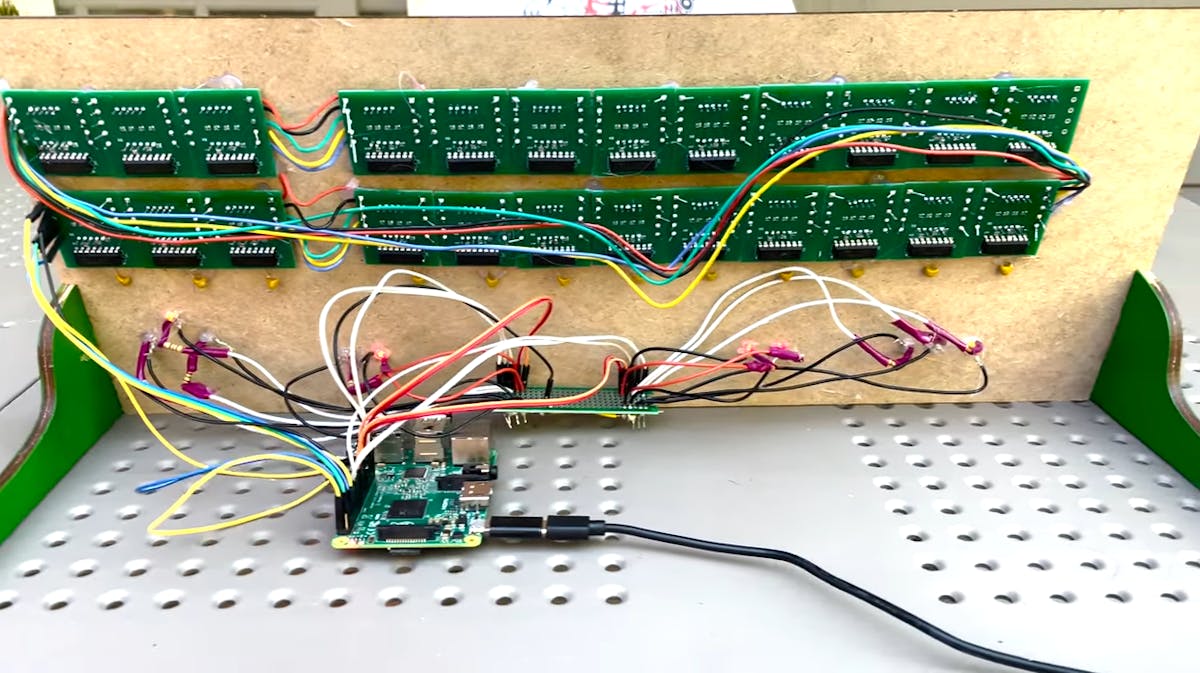This Desktop Scoreboard Tracks Cardinals Games
Redditor cardsfan527 built this desktop scoreboard to keep tabs on Cardinals games they can't attend.

For sports fans, nothing is better than seeing a favorite team play from the stands. But few people are lucky enough to attend games with any kind of regularity. TV and radio provide some compromise, but they certainly don't make fans feel like they're actually in the stadium or arena. As their username makes clear, Redditor cardsfan527 is a big fan of the St. Louis Cardinals baseball team (not to be confused with the Arizona Cardinals football team). They built this desktop scoreboard to track Cardinals games in a way that feels more authentic than just checking the scores on an app or website.

This scoreboard looks similar to what you'd see mounted next to an older baseball diamond's outfield, but on a scale small enough to fit on a desk. It lists the score for each inning for the home team (which is always the Cardinals) and the away team (which is always the opposing team). In addition to the scores, there are also numerical readouts for both teams listing runs, hits, and errors. There are also LED indicators for the current number of balls, strikes, and outs. Finally there is a small diamond in the corner with an LED at each base that will illuminate if a player is on that base.

The MLB very helpfully hosts an API that anyone can use to pull real-time scores for games in progress. cardsfan527 used a Raspberry Pi 2 Model B to run a script that gathers that data and updates the scoreboard. It displays all of the score numbers on seven-segment displays, but those and the LED indicators required a lot of pins. So cardsfan527 designed custom PCBs with shift registers that daisy-chain together, so the Raspberry Pi could control all of the LEDs with its limited number of GPIO pins.
But cardsfan527 made two mistakes: the first was selecting tiny SMD (Surface-Mount Device) resistors, which were incredibly difficult to solder by hand. The second mistake was choosing shift registers that weren't optimized for 3.3V and failing to account for voltage drop across the daisy chain. That problem was easy to solve by boosting the voltage output.
With the circuit working, cardsfan527 was able to build the scoreboard. They laser-cut and engraved a piece of plywood, then painted it. The engraving made it easy to paint the graphics and text. Simple feet hold the plywood up, so cardsfan527 can see the score of a game from anywhere nearby.
Writer for Hackster News. Proud husband and dog dad. Maker and serial hobbyist. Check out my YouTube channel: Serial Hobbyism


